Swedish Massage
Swedish massage is a popular therapeutic massage that can be done with gentle and vigorous hands. It is a wide range of massage techniques and strokes to promote relaxation in the body.
Gentle Swedish massage techniques are done to help warm up muscles, improve blood circulation, and release muscle tension while vigorous types of Massage are used to break down scar adhesions within soft tissues.
If you are taking a Swedish massage it also improves health. The health benefits are improved blood circulation, stimulation of the lymphatic system, prevention of muscle injury, and relieving pain. The massage is applied to the whole body of the patient by therapists during a Swedish massage.
What is a Swedish massage?
A Swedish massage is a type of massage that helps relaxation and has many health benefits. Regular Swedish massage helps maintain physical, mental, and emotional health.
When it is done on the skin it stimulates the parasympathetic nervous system and promotes a sense of relaxation and calmness. The parasympathetic nervous system manages emotions such as stress and anxiety and returns them back to calmness.
This message also helps to relieve tension in the muscles. Muscle tightness can be the result of muscular trauma or underlying, ongoing physical and emotional stress. It is able to relax muscles and reduce emotions of stress related to tension. It also improves blood circulation in the body allowing more oxygen and nutrients to be delivered to the muscles.
Within the Classical Swedish massage, a mixture of strokes such as kneading, stretching, tapping, and rolling as well as different length strokes are applied to a patient.
Circular hand movements are best utilized by a massage therapist to deliver optimal relaxation to the patient, and the utilization of knuckles are also used, very rarely since the goal is relaxation and comfort rather than recovery.
Health Benefits of Swedish Massage:
Physical Benefit:
- Improve flexibility by loosening tight muscles by stretching connective tissues
- Help relieve cramps, and muscle spasms and decrease muscle fatigue
- loosening joint stiffness and improving range of motion
- improve muscle strength/stamina
- Relaxing the nervous system
- Improving blood circulation
- Tone up muscle and skin
- Help relieve symptoms mainly in arthritis, carpal tunnel syndrome, chronic and acute pain syndromes, myofascial pain, headache, temporomandibular joint (TMJ) dysfunction, and athletic injuries
- Speed up recovery time by helping in healing from injury and illness
- Refine your body by increasing lymphatic drainage of metabolic wastes
Mental & Emotional Benefits:
The mental benefits of massage therapy are:
- Improve relaxation
- Help to improve the quality of sleep
- relief of stress, depression, anxiety, and irritation
- increased ability to concentrate
- improved sense of well-being
Preparation:
To do Swedish massage requires the following equipment:
Massage surface: This may be a professional massage table or any firm bed but a well-padded surface.
clean a fresh sheet to cover the part of the body that is not massaged.
Cushions: These may be needed, depending on the patient’s comfort, to prevent discomfort. The cushions may be placed under the head and the knees.
Oils: The base oil should be vegetable oil, cold pressed, unrefined, and free of additives. These oils contain a nutritional value such as vitamins and minerals in addition to fatty acids. They do not block the opening as mineral oils often do. Essential oils may also be used to provide extra relaxation or other effects. Massage oil should be used in the therapist’s hands before it is applied to the patient’s skin.
Techniques used in Swedish Massage:
Swedish massage therapy has many variations and techniques for health benefits and overall wellness. Following are the various strokes used by therapists while doing Swedish massage techniques:
- Effleurage: Where the therapist uses gliding strokes from the neck to the down of the spine or from the shoulder to the fingertips. Strokes performed on the limbs are directed toward the heart to increase lymphatic flow and blood circulation.
- Petrissage: Where the therapist uses rolling, pressing, and squeezing movements on the muscles to improve blood circulation. It removes toxins from nerve and muscle tissue through kneading and compression.
- Friction: Where the therapist uses circular or transverse movements near the joints, within the spine, and in other bony areas. Improve muscle flexibility and joint mobility and breaks down muscle fiber adhesions.
- Tapotement: Where the therapist uses percussive movements to tap or strike the muscles to re-energize and reduce muscle spasms. Tapping and percussion is a quick choppy rhythmic motion that has a stimulating or toning effect.
The following are variations of tapotement:
– Cupping: Where the massage therapist forms the hands into a cup shape with fingers straight but bending only at the lower knuckles; the thumbs are kept close to the palms. The therapist strikes the muscle with the flat of the hands one after another in quick succession.
– Hacking: Where the massage therapist uses the sides of the hands with palms facing one another to make a chopping movement.
– Pummeling: For this stroke, the therapist makes loose fists in both hands and applies them rapidly in sequence over the thighs and buttocks.
Tapotement techniques are revitalized to most people but may be too harsh for some. When performed prolonged time leads to overstimulation and even exhaustion of the nerves and muscles. In addition, it should be avoided in varicose veins or directly above bony structures.
- Vibration or Shaking: Where therapist uses rapidly shaking hands on the limbs or back to boost circulation; often utilized for the treatment of low back pain.
Precautions:
Following is the list of conditions where you should not be given a massage:
- nausea, vomiting, or diarrhea
- fever
- broken bones, fractures, dislocations, or severe sprains
- contagious diseases
- open or unhealed sores or wounds
- body areas that are inflamed, swollen, or bruised
- varicose veins
- recent surgery
- severe pain
- jaundice
- frostbite
- kidney disease
- large hernias
- hemorrhaging
- torn ligaments, tendons, or muscles
- high blood pressure or heart problems
- certain kinds of cancer
- history of phlebitis or thrombosis (If the patient may have blood clots that may become dislodged and travel to the lungs, with potentially fatal results.)
- drug treatment with blood thinners (it increases the risk of bleeding under the skin.)
Side Effects of Swedish Massage:
There have been few side effects seen with massages of low to moderate intensity. Intense massage may increase the risk of injury to the body.
Vigorous massage may increase muscle pain and such injuries as bleeding in the liver or other vital organs, and the dislodgment of blood clots.
Conclusion:
Swedish massage is used to improve relaxation and has many health benefits. It helps calm the nervous system in the body by improving blood circulation, releasing the tension, and promoting a sense of calmness.
Swedish massage also has many physiological effects on the body such as increased blood circulation and improved oxygen and nutrients exchange to the cells. Other Health benefits are improved lymphatic drainage, decreased tension, and reduced muscle pain.

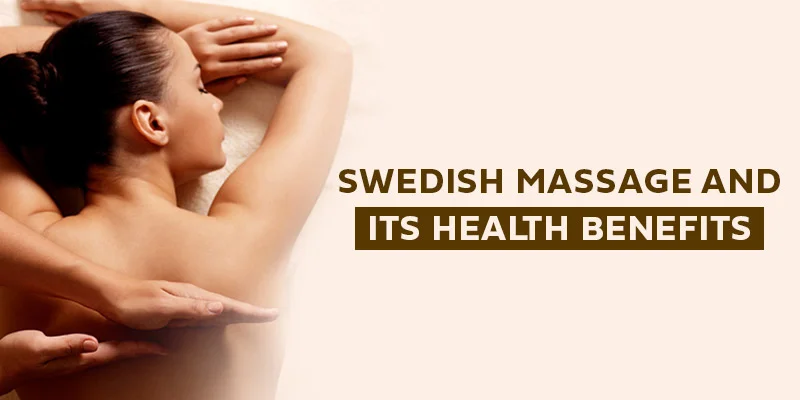
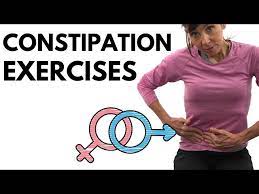
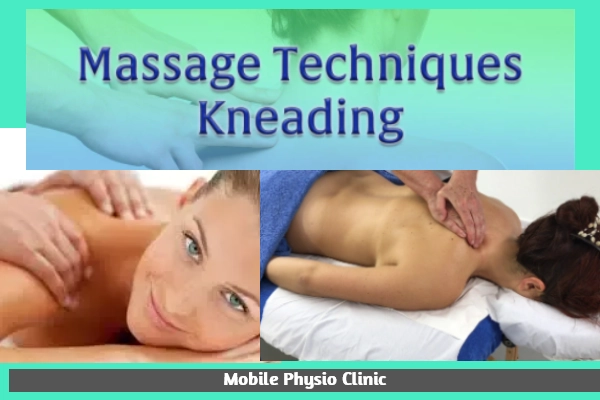
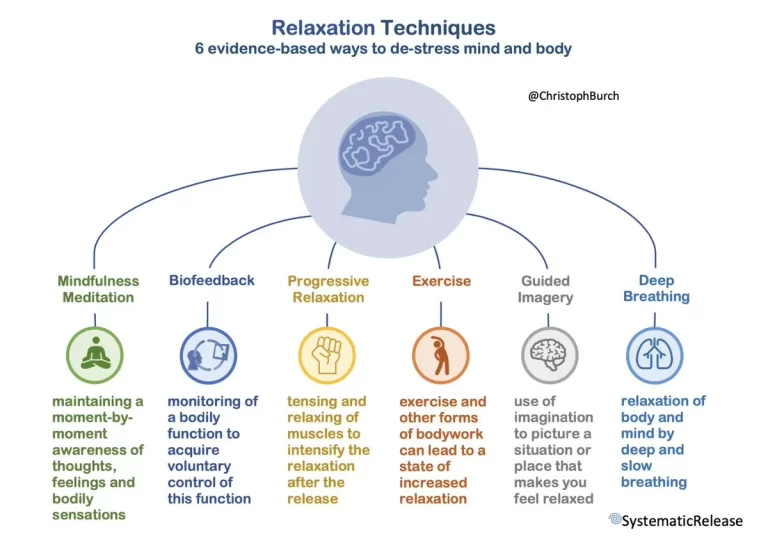
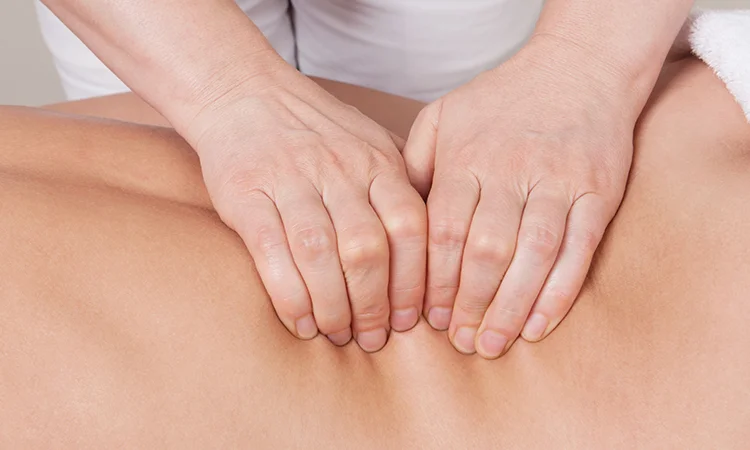

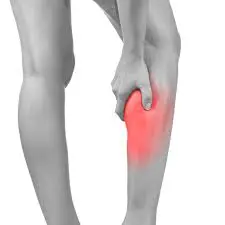
One Comment